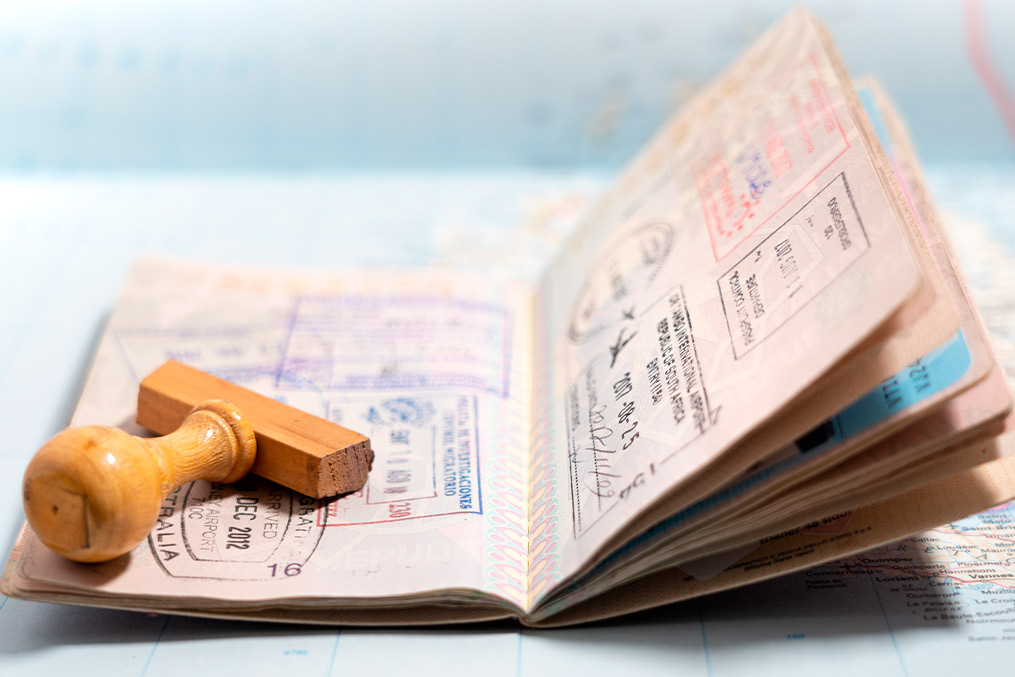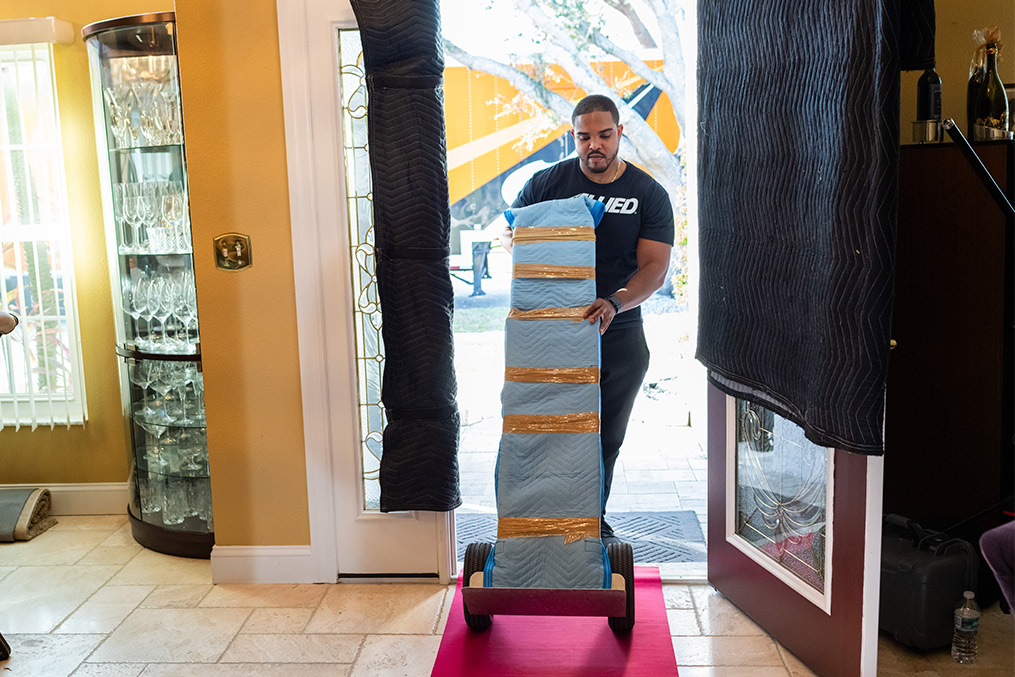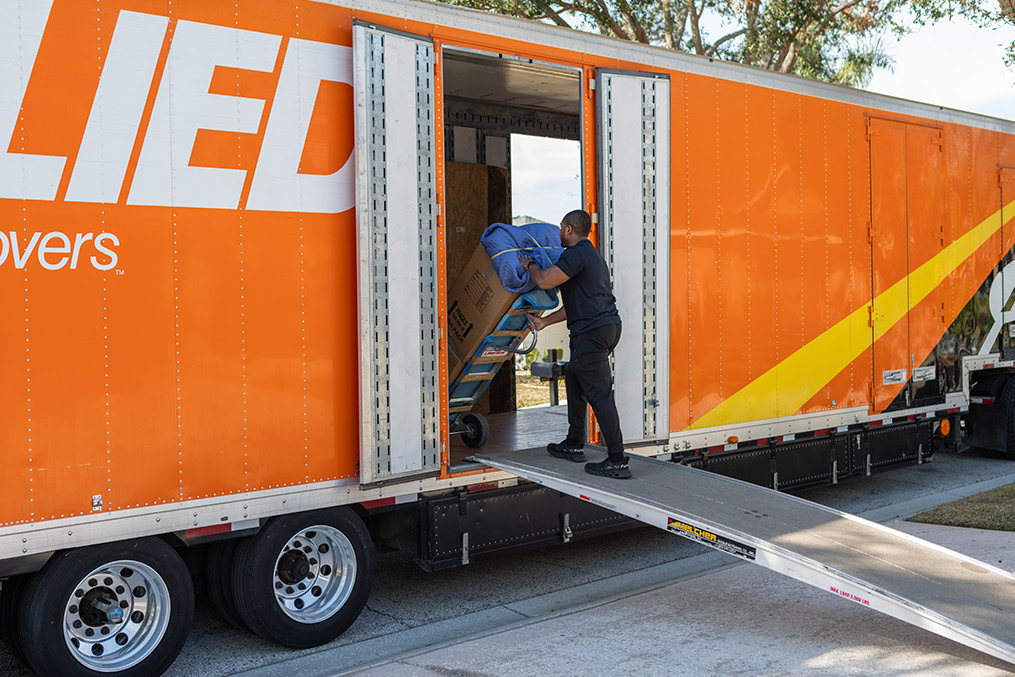Relocating from California to Italy: Culture and Logistics Guide
May 12, 2025

Dreaming of swapping California’s hustle and high-tech culture for the rustic beauty and slow-living philosophy of Italy? You’re not alone. Every year, a growing wave of California expats chooses to trade in their Teslas and tacos for Vespas and vino. But moving from California to Italy is more than a change in scenery, it’s a full-blown cultural transformation.
This in-depth California to Italy expat guide talks about the cultural contrasts, visa requirements, moving logistics, and local resources you’ll need for a smooth relocation. Whether you’re relocating from California to Italy for retirement, work, or just chasing a slower pace, here’s everything you need to know before making the leap across the Atlantic.
Why Italy? Understanding the Cultural, Lifestyle, and Economic Shift

Life in Italy runs on a different frequency. If California is the land of innovation, convenience, and ambition, Italy is a sanctuary of tradition, aesthetic pleasure, and human connection. For many Californians seeking a different rhythm of life, Italy offers a unique blend of old-world charm and modern comfort.
Culture Shift
- In Italy, relationships and rituals matter. Daily life revolves around community, conversation, and customs that stretch back centuries. Expect warm greetings, lively mealtime conversations, and a general openness to social connection, even with strangers.
- Time is experienced differently. Afternoon riposo (rest periods) between 1–4 p.m. are common, especially in smaller towns, where shops close and streets quiet down.
- Public spaces like piazzas, markets, and neighborhood cafes are central to social life. Unlike California’s car-centric lifestyle, Italians spend more time outdoors and on foot, building face-to-face rapport with neighbors and vendors.
Economic Realities
- The cost of living in many parts of Italy is notably lower than in California, especially when comparing rent, utilities, transportation, and healthcare.
- However, employment opportunities can be limited, especially for non-EU citizens. English-speaking jobs are more accessible in major cities or within remote work sectors. Those with in-demand skills (like tech, healthcare, or language instruction) may find better prospects.
- Italy also has a strong informal economy, and entrepreneurial expats sometimes carve out opportunities in tourism, digital services, and artisanal goods.
Lifestyle Trade-Offs and Gains
- What you leave behind: fast service, 24-hour grocery stores, and instant gratification culture. California’s efficiency and innovation are tough to match.
- What you gain: fresh local food, slower living, beautiful public spaces, and a culture that values art, tradition, and joy in the everyday.
- Healthcare is universal and affordable. Public transport is accessible. Many Italians own less, travel more locally, and live in walkable communities.
- You may trade your SUV for a bicycle or train pass and adapt from tech-fueled productivity to the Italian art of savoring each moment.
- For Californians seeking more balance, Italy offers not just a new address but a new lens through which to experience life.
Visa and Legal Requirements for Americans Moving to Italy

You can visit Italy for up to 90 days without a visa, but moving from California to Italy permanently means navigating visa categories, documents, and deadlines. Start early because visa applications can take months.
Common Visa Options
- Elective Residency Visa – For retirees or those with passive income. Minimum annual income of €31,000 required.
- Digital Nomad Visa – For remote workers earning at least €25,000 annually.
- Work Visa – Requires sponsorship and a Nulla Osta (work authorization).
- Student Visa – For those enrolled in Italian institutions.
- Investor Visa (Golden Visa) – For high-net-worth individuals making significant investments.
Essential Documents
- Passport (valid for at least 3 months beyond stay)
- Financial statements (3 years)
- Health insurance (€30,000 coverage minimum)
- Housing contract
- Birth and marriage certificates
- Visa-specific forms and photos
After Arrival
Within 8 days, apply for a Permesso di Soggiorno (residency permit) at the local post office or police station. This process includes signing an integration agreement and accumulating points by learning Italian and attending civics courses.
Moving Logistics: California to Italy

Relocating internationally is a multifaceted process that demands thorough planning, careful timing, and a strong support network. Here’s a step-by-step breakdown to help Californians manage the journey smoothly.
Choosing a Mover and Managing Customs
- Hire a certified international moving company with experience in transatlantic relocations. Look for companies that offer door-to-door service, packing assistance, insurance, and help with customs documentation.
- Understand customs regulations. Italy restricts or heavily regulates certain goods such as alcohol, medications, firearms, and high-end electronics. Consult the Italian Customs Agency (Agenzia delle Dogane) and your moving company for up-to-date guidelines.
- Prepare a detailed shipping inventory. Include descriptions, estimated values, and serial numbers where applicable. Label your boxes clearly and photograph valuable items before shipping.
- Factor in delivery timelines. Shipping from California to Italy typically takes 4–12 weeks, depending on the method (air vs. sea freight), port clearance, and final destination.
Packing Smart: What to Bring and What to Leave Behind
Bring:
- All vital documents (passport, visa, birth/marriage certificates, academic records, insurance, etc.)
- Weather-appropriate clothing (layers for varying seasons)
- Personal electronics (with EU-compatible plugs or adapters)
- Essential medications and prescriptions (with a doctor’s note)
- A few sentimental or comfort items for familiarity
Leave behind:
- Large appliances (different voltage/frequency and plug types)
- Bulky furniture (Italian homes are often smaller and built differently)
- Non-essential items that are easily replaceable in Italy (e.g., kitchen gadgets, toiletries in bulk)
Essential Tasks Upon Arrival in Italy
- Apply for your codice fiscale (Italian tax code) at the Agenzia delle Entrate. It’s required for nearly every official transaction, from opening a bank account to signing a lease.
- Open a local bank account. Bring your codice fiscale, passport, and proof of address. Popular banks include Intesa Sanpaolo, UniCredit, and BNL.
- Register your address with the local comune (town hall). This is a legal requirement and is necessary for receiving official correspondence and accessing municipal services.
- Apply for your health card and register with a local doctor. Visit the local ASL (Azienda Sanitaria Locale) to enroll in the Servizio Sanitario Nazionale (SSN).
- Secure housing, either through short-term rentals or permanent accommodation. Use trusted sites like Immobiliare.it, Idealista, or local real estate agents (agenzie immobiliari).
Tips for a Smooth Transition:
- Schedule overlapping services. Ensure phone, internet, utilities, and water are activated in advance. It may take several weeks for full setup.
- Notify U.S. institutions of your move: update mailing addresses, close or transfer utility accounts, and alert your bank and credit card companies.
- Consider travel insurance for the first few months, especially if your Italian health coverage isn’t active yet.
By organizing each step of the process and maintaining realistic expectations, your California to Italy relocation can be far more exciting than overwhelming. The key is in preparation—and a little patience goes a long way.
Solutions to Common Relocation Challenges

1. Italian Bureaucracy
Solution: Be patient. Triple-check documents. Use certified translators. Hire relocation consultants if needed.
2. Language Barriers
Solution: Start learning Italian before you move. Enroll in language classes. Use apps like Duolingo or Babbel. Don’t be afraid to fumble—Italians appreciate effort.
3. Social Isolation
Solution: Join expat communities. Take part in local events. Say yes to coffee with neighbors. Relationships take time—invest in them.
4. Cultural Frustrations
Solution: Embrace the differences. That “inconvenient” afternoon break? It’s family time. That long wait at the post office? Talk to someone in line.
Local Resources for California Expats in Italy
Government Services
Expat Communities
Professional Help
- Relocation experts (e.g., Atlas Allied)
- Immigration lawyers
- Language schools – check for programs at local universities and community centers
Healthcare
- Servizio Sanitario Nazionale (SSN) – Italy’s national healthcare system
- Local ASL offices in each region
FAQs – Moving from California to Italy
Q: Can I move to Italy without a job?
A: Yes, if you have sufficient passive income or apply under the Elective Residency Visa.
Q: How long does the visa process take?
A: Plan for at least 3–4 months, though it may take longer depending on your visa type.
Q: Will my US driver’s license work in Italy?
A: Temporarily. You’ll need an International Driving Permit and must convert your license within 12 months if staying long-term.
Q: Is Italy expensive compared to California?
A: Generally, no. Daily expenses like groceries, rent, and healthcare are lower, but it depends on the region.
Q: Do I need to speak Italian?
A: Not initially, but learning the language is essential for integration and daily tasks.
Q: Can I bring my pet?
A: Yes, with proper veterinary records, microchip, and EU-compliant rabies certificate.
Q: How big is Italy compared to California?
A: Italy is slightly smaller than California in terms of land area. Italy covers about 116,000 square kilometers, while California spans roughly 424,000 square kilometers. This means California is about three and a half times larger than Italy.
Q: How long is the flight from California to Italy?
A: The flight time from California to Italy typically ranges from 10 to 12 hours, depending on the departure and arrival cities, as well as any layovers. Nonstop flights from major cities like Los Angeles or San Francisco to Rome or Milan are usually on the shorter end of this range.
Relocate From California to Italy with Atlas Allied
Relocating from California to Italy isn’t just a logistical move, it’s a mindset shift. It means choosing cappuccinos over conference calls, fresh pasta over fast food, and late-night piazza strolls over freeway commutes. The challenges are real, but so are the rewards.
If you prepare thoroughly, embrace the cultural learning curve, and stay open to Italy’s unique rhythm, your journey from Silicon Valley to the shadow of the Colosseum will be nothing short of transformative.
Ready to make your move to Italy? Let Atlas Allied handle the logistics while you focus on embracing the Italian lifestyle. Get started today with expert relocation services designed for a seamless transition! Get a free moving quote today.